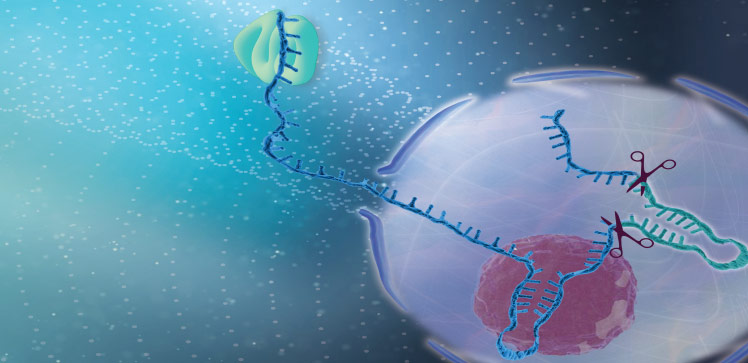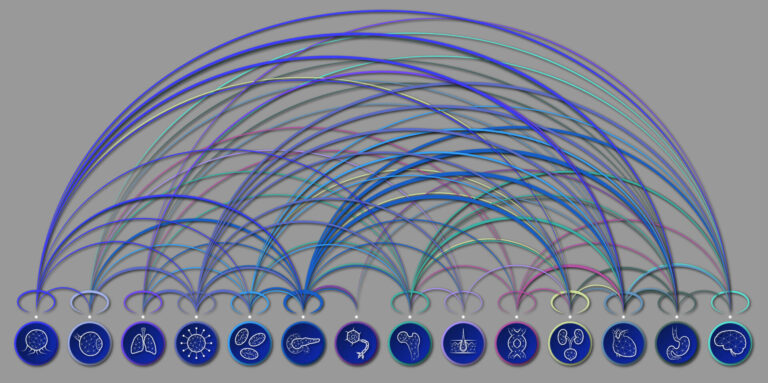Computer Science
New database to “SpUR” on cancer research
An online tool reveals the extent of gene-restructuring events in noncoding sequences.

The new resource, named SpUR (short for Splicing in Untranslated Regions) and freely available online, details more than 1,000 splicing events found frequently in cancers in noncoding regions of mRNA located just downstream of protein-coding stop signals. The sites and expression levels of these events are catalogued and visualized for nearly 8,000 samples across 10 cancer types and corresponding normal tissues.
With the tool, independent research teams can now further probe the role of individual splice events in cancer development and progression. “These events could become candidates to study RNA dysregulations in cancer for academic researchers,” says Xin Gao, acting associate director of the Computational Bioscience Research Center and deputy director of the Smart Health Initiative at KAUST. “Or they could serve as a primary source for the development of RNA-based anti-cancer drugs.”
Computer scientist Gao, together with postdoc Bin Zhang and research engineer Adil Salhi, created the SpUR database in collaboration with researchers at the Cancer Science Institute of Singapore.
The research showed that splicing in downstream sequences of a gene (known as 3’ untranslated regions, or 3’ UTRs) is pervasive in cancers, especially in genes linked to tumor aggression. Consequently, patients whose cancers harbor more of these gene-restructuring events tend to have poorer survival outcomes.
As a proof of principle, the researchers designed splice-switching agents known as antisense oligonucleotides (ASOs) that could block this splicing process in 3’ UTRs. When administered to liver cancer cells, these drugs helped repress tumor growth. And since the same kinds of splicing events are “ubiquitously expressed across different cancer types,” Gao notes, this type of therapeutic strategy “could be helpful to develop broad-spectrum anti-cancer drugs.”
One potential target: CTNNB1, which is a gene that provides instructions for making a protein called beta-catenin. Drug companies have long tried to target beta-catenin, given its central role in many cancer-signaling pathways, but with only limited success. The study from Gao and his collaborators showed that splicing in the 3’ UTR of CTNNB1 is widespread across cancers of the liver, breast, colon, kidney, lung and other organs, and that a spliced variant is the predominant driver of tumor progression.
In a mouse model of liver cancer, blocking this splicing resulted in complete tumor regression. An ASO therapy directed at CTNNB1 splicing could therefore have broad utility in patients, and, as Gao points out, it is not likely to be the only one.
References
- Chan, J.J., Zhang, B., Chew, X.H., Salhi, A. et al. Pan-cancer, pervasive upregulation of 3’UTR splicing drives tumorigenesis. Nature Cell Biology (2022).| article
You might also like

Computer Science
Sweat-sniffing sensor could make workouts smarter

Computer Science
A blindfold approach improves machine learning privacy

Computer Science
AI tool maps hidden links between diseases

Bioscience
The theory of everything that wasn’t

Computer Science
A new path to high-efficiency micro-LEDs

Computer Science
Cyclones meet their mathematical match

Applied Physics
Onward and upward to smaller faster devices

Computer Science




